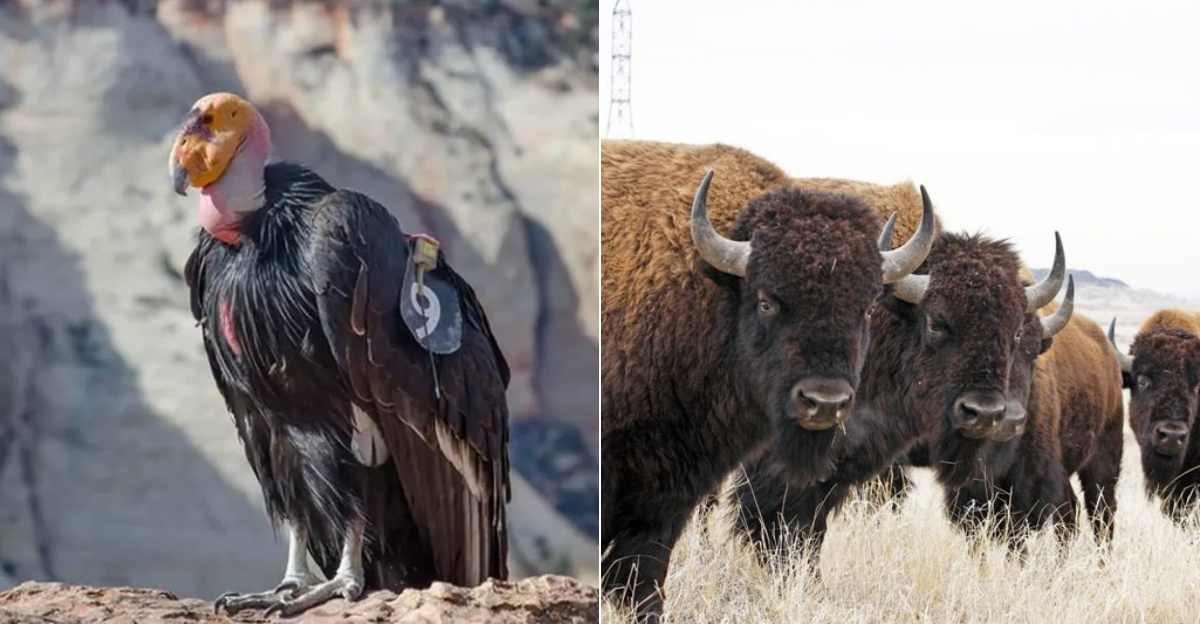When it comes to conservation success stories, the United States has some incredible wins worth celebrating, and this is definitely one of them!
Did you know that these 15 remarkable creatures were once on the brink of extinction? And now, they have bounced back thanks to dedicated protection efforts, habitat restoration, and breeding programs!
Meet the 15 amazing furry heroes making a triumphant return!
1. Bald Eagle: America’s Symbol Soars Again
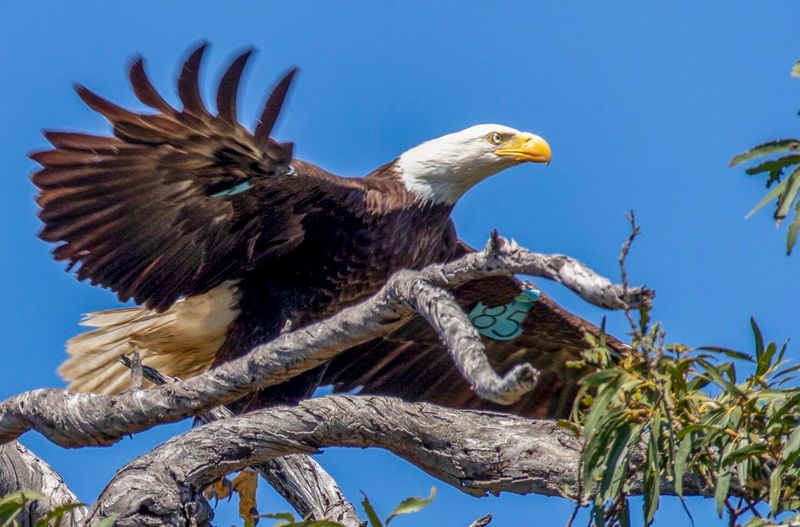
From fewer than 500 nesting pairs in the 1960s to over 10,000 today… What a miraculous recovery!
I still remember the first time I spotted a bald eagle in the wild – its six-foot wingspan casting a shadow over the lake as it hunted.
Their population has rebounded so successfully that they were removed from the endangered species list in 2007. Eagles now thrive in all lower 48 states. And yes, Alaska is hosting the largest population!
Their comeback represents one of the greatest wildlife conservation triumphs in history.
2. American Alligator: The Swamp King’s Comeback
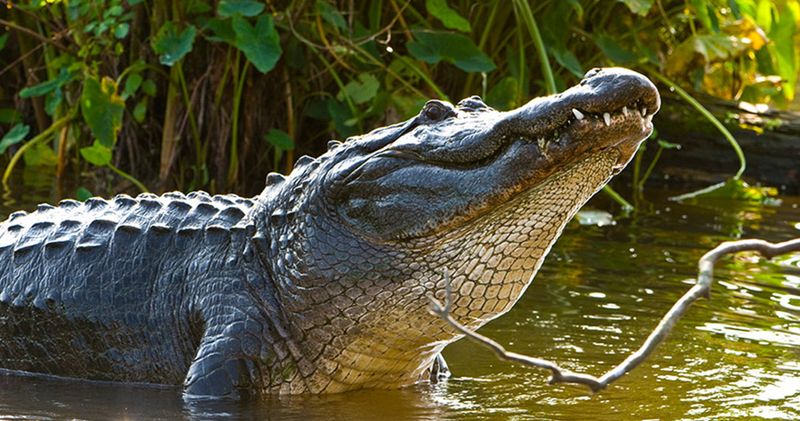
They were hunted almost to extinction for their valuable hides. And today, American alligators have made an astonishing recovery.
Their numbers plummeted dangerously low in the 1950s, but protection under the Endangered Species Act changed everything. Gators now rule the wetlands across the southeastern United States, with over five million estimated to be splashing through swamps and marshes. Sounds incredible, right?
Their recovery happened so swiftly that they were removed from the endangered list in 1987. These prehistoric-looking reptiles now serve as important ecosystem engineers.
3. Gray Wolf: Howling Their Way Back
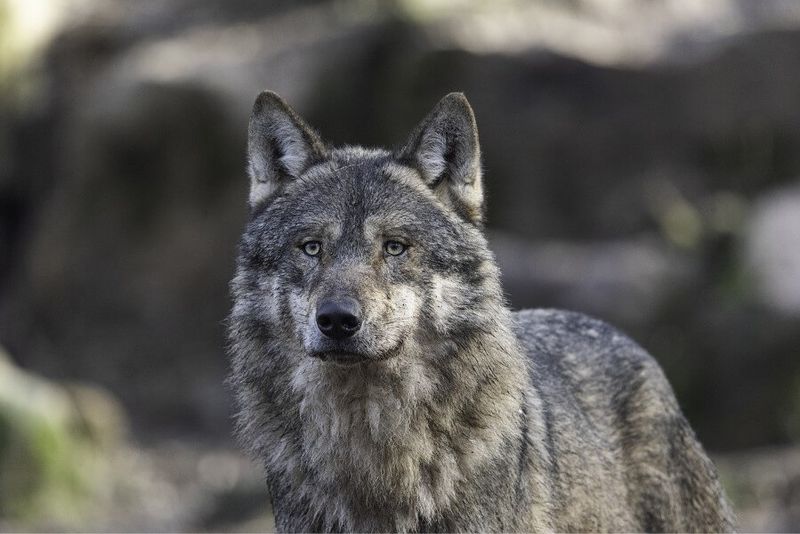
One thing is for sure: wolves are reclaiming their ancestral territories.
The reintroduction of 41 wolves to Yellowstone National Park in the mid-1990s sparked one of conservation’s most celebrated comebacks. These intelligent predators have now established over 250 packs throughout the northern Rockies and Great Lakes regions.
Here’s what’s even more fascinating: their return has triggered fascinating ecological ripple effect: from changing elk behavior to restoring streamside vegetation and benefiting beaver populations.
From fewer than 1,000 wolves in the 1970s, we now have over 6,000 roaming the continental United States.
4. Florida Panther: The Sunshine State’s Stealthy Cat

In the 1970s, Florida panthers were spiraling toward extinction.
Genetic rescue through the introduction of Texas cougars in 1995 proved to be their salvation, combating the inbreeding that threatened their survival.
Habitat preservation in southwest Florida has given these magnificent cats room to roam. Trail cameras now regularly capture images of healthy adults and playful kittens where they were once rarely seen. Though still endangered with only about 200 adults, their population has increased tenfold since their lowest point.
5. Bison: The Thundering Herds Return
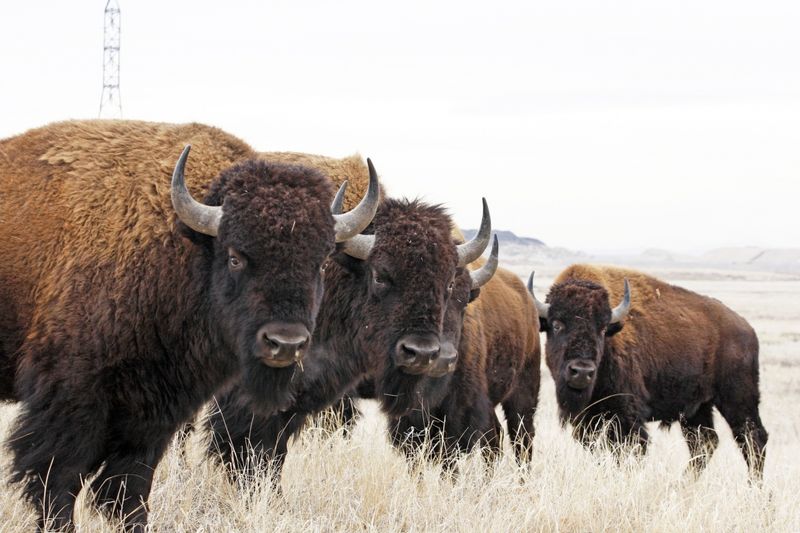
Once numbering in the tens of millions, they were hunted to fewer than 1,000 individuals by the late 1800s.
Today, approximately 500,000 bison roam both public and private lands across North America. How about that?
Yellowstone National Park protects one of the most important wild herds – direct descendants of the 23 bison that found refuge there when the species faced extinction. In 2016, this iconic species was designated as the national mammal of the United States.
Their recovery continues with efforts to restore them to tribal lands.
6. Peregrine Falcon: The Sky’s Fastest Comeback Kid
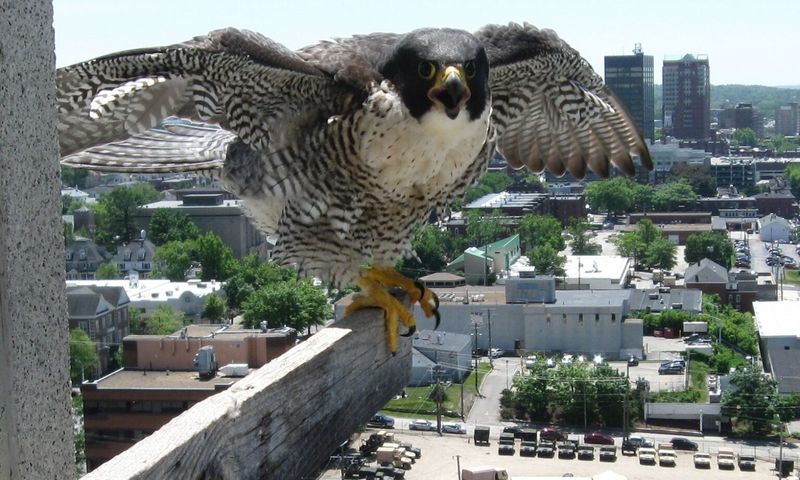
The fastest animal on Earth nearly vanished from American skies.
Peregrine falcon populations crashed in the mid-20th century when DDT poisoning caused their eggshells to thin and break before hatching.
These magnificent birds have since reclaimed their natural territories and adapted to urban environments. They nested on skyscrapers and bridges that mimic their preferred cliff habitats.
Now with over 3,000 breeding pairs nationwide, peregrines were removed from the endangered species list in 1999. Watching one dive at speeds exceeding 200 mph to catch prey in mid-air remains one of nature’s most spectacular sights.
7. Elk: Bugling Across Expanded Ranges

Market hunting and habitat loss had eliminated these majestic ungulates from much of their historic range by the early 1900s.
Reintroduction efforts have restored elk to Kentucky, Tennessee, Wisconsin, and other states where they had disappeared. The Great Smoky Mountains now host a herd after a 2001 reintroduction, bringing back a species missing from the region for 150 years. Just wow!
Rocky Mountain elk populations have surged from approximately 41,000 in the early 1900s to over 1 million today across North America.
8. Humpback Whale: Ocean Giants Making Waves
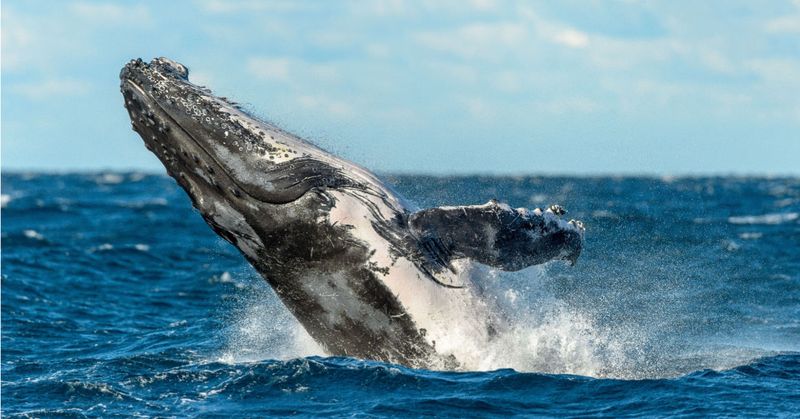
Commercial whaling drove humpbacks to the brink of extinction, with some populations reduced by 95%.
The 1986 international whaling moratorium marked a turning point for these charismatic ocean giants. Humpbacks along the U.S. coasts have made such strong recoveries that most populations were removed from the endangered species list in 2016.
The North Pacific population has rebounded from about 1,400 in the 1960s to more than 21,000 today. Whale watching has replaced whaling as these 40-ton acrobats now delight millions of visitors annually with their spectacular breaches and haunting songs.
Their recovery demonstrates how international cooperation can save species that know no national boundaries.
9. California Condor: Defying The Edge Of Extinction
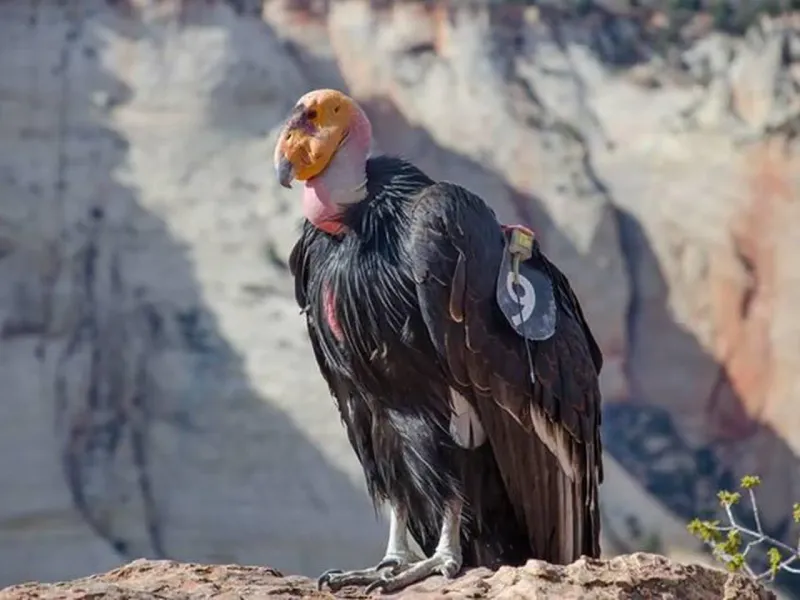
By 1982, only 22 remained on Earth. The result: the controversial decision to capture every last wild condor for an intensive captive breeding program. Against tremendous odds, the program succeeded!
The first captive-bred condors were released back to the wild in 1992, and today over 300 of these magnificent birds soar on their 9.5-foot wingspans across California, Arizona, Utah, and Baja California. Though still endangered, their population continues to grow.
The return of North America’s largest land bird represents hope that even the most endangered species can be saved with sufficient dedication.
10. Sea Otter: Furry Marine Ecosystem Engineers
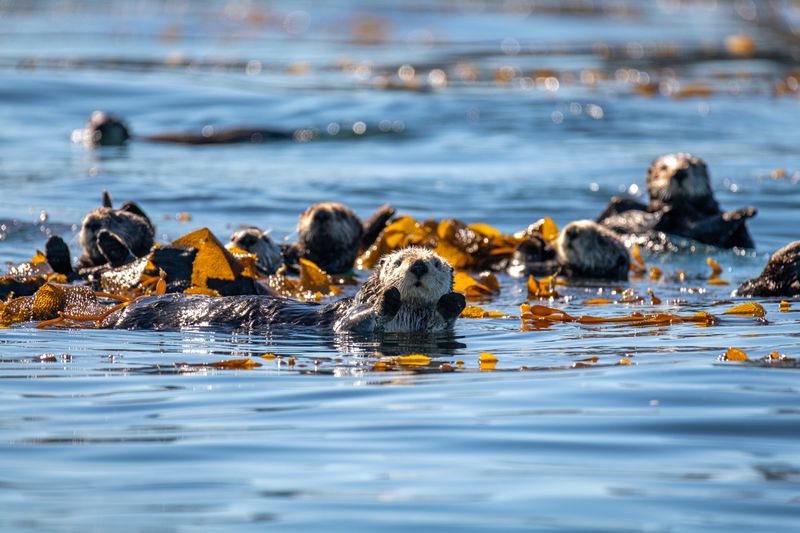
Sea otters along the California coast dwindled to about 50 individuals by the early 1900s.
These charismatic marine mammals have now reclaimed portions of their historic range with approximately 3,000 otters along California shores. As keystone species, their comeback has transformed coastal ecosystems – controlling sea urchin populations that would otherwise devour kelp forests.
The kelp forests protected by otters provide habitat for countless marine species while absorbing carbon dioxide and buffering shorelines from storm damage.
Few species demonstrate the cascading positive effects of recovery better than these playful, tool-using marine mammals.
11. Whooping Crane: Tallest American Bird Rises Again

North America’s tallest bird plummeted to just 15 individuals in 1941.
Innovative approaches, including aircraft-led migrations teaching captive-bred cranes their ancestral routes, have helped this spectacular species step back from the abyss.
Drumroll, please! Whooping cranes now number over 800 birds across wild and captive populations. The Aransas-Wood Buffalo population that migrates between Texas and Canada has grown from a low of 15 to approximately 500 individuals.
Though still endangered, their increasing numbers represent decades of dedication from conservationists who refused to let these magnificent birds disappear.
12. Grizzly Bear: Northern Rockies’ Iconic Predator
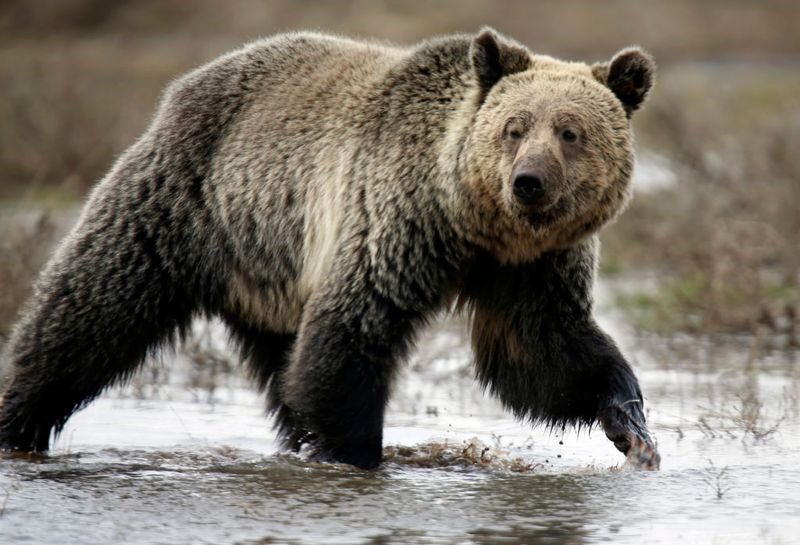
The Greater Yellowstone Ecosystem population has more than quadrupled since protection began.
Grizzlies now occupy about 2% of their historical range in the continental United States, with significant populations in the Northern Continental Divide Ecosystem of Montana and around Yellowstone.
Though conflicts with humans remain a challenge, improved management and public education have helped people coexist with these impressive omnivores.
Each new territory occupied by grizzlies represents another step in restoring ecological balance to western wilderness areas.
13. Mountain Lion: Eastern Comeback On Quiet Paws
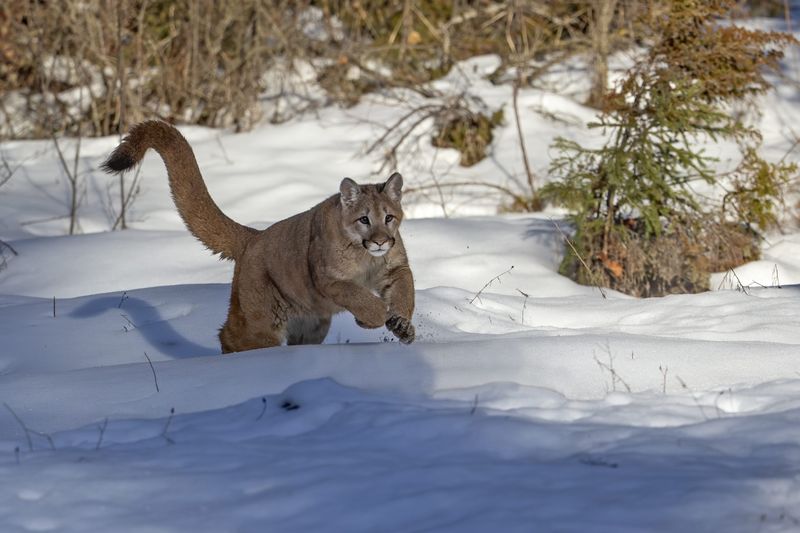
Mountain lions were officially declared extinct in eastern states. Now, they are making a stealthy return to parts of their former range.
The natural recolonization of the Black Hills of South Dakota in the 1990s demonstrated these adaptable cats’ ability to reclaim suitable habitat when given protection.
Research suggests sufficient habitat exists in several eastern states to support breeding populations. While still primarily concentrated in western states, these secretive cats are slowly expanding eastward.
Their gradual return represents the restoration of an important predator that helps maintain healthy deer populations.
14. Green Sea Turtle: Ancient Mariners Resurface
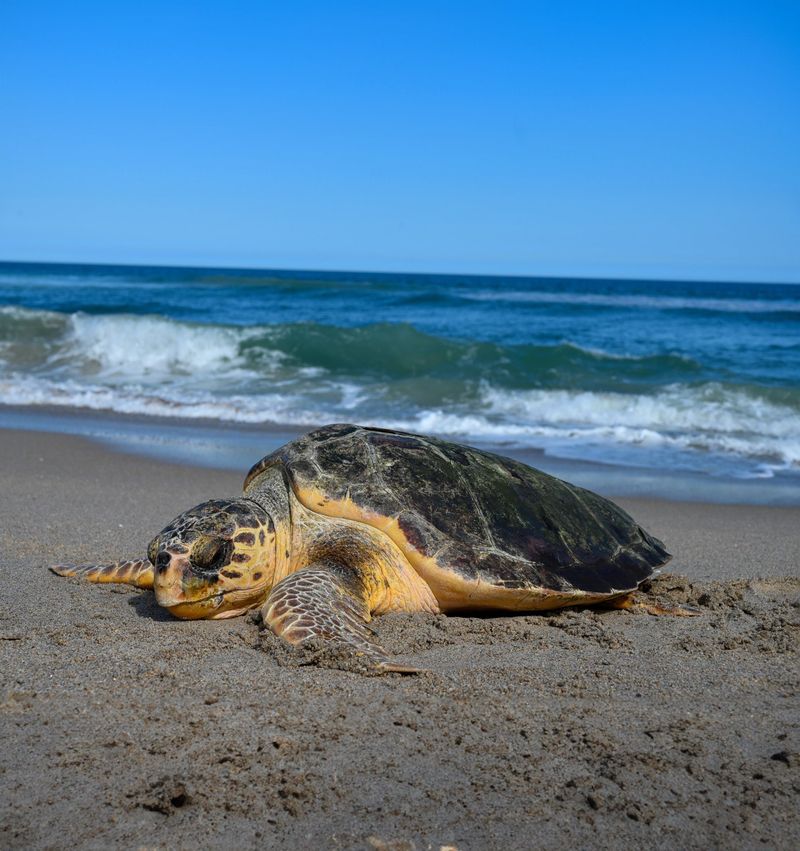
Did you know that green sea turtles have navigated Earth’s oceans for over 100 million years? And yet human activities nearly ended their ancient lineage.
Hunting, egg collection, habitat destruction, and accidental capture in fishing gear decimated their populations. In 1989, biologists counted just 464 nests along Florida’s coast. By 2019, that number had skyrocketed to over 41,000 – an increase of nearly 9,000%!
Conservation efforts including beach protection, fishing gear modifications, and international cooperation have helped these magnificent reptiles stage a comeback.
15. Black-Footed Ferret: Prairie Predator’s Second Chance
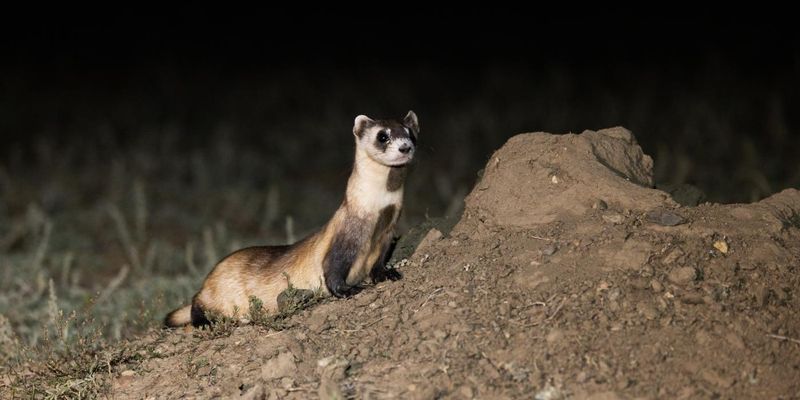
Twice believed extinct, black-footed ferrets have made one of conservation’s most improbable comebacks.
The 1979 discovery of a small Wyoming population offered a last chance for North America’s only native ferret species. When disease struck this last colony, the remaining 18 ferrets were captured for an emergency breeding program.
Their descendants have since been reintroduced to multiple sites across the Great Plains, with the wild population now numbering approximately 300 individuals.
These masked prairie hunters face ongoing challenges, particularly the decline of prairie dog colonies on which they depend. Yet their return from the brink demonstrates the power of focused conservation.
